Colleges
- American Athletic
- Atlantic Coast
- Big 12
- Big East
- Big Ten
- Colonial
- Conference USA
- Independents (FBS)
- Junior College
- Mountain West
- Northeast
- Pac-12
- Patriot League
- Pioneer League
- Southeastern
- Sun Belt
- Army
- Charlotte
- East Carolina
- Florida Atlantic
- Memphis
- Navy
- North Texas
- Rice
- South Florida
- Temple
- Tulane
- Tulsa
- UAB
- UTSA
- Boston College
- California
- Clemson
- Duke
- Florida State
- Georgia Tech
- Louisville
- Miami (FL)
- North Carolina
- North Carolina State
- Pittsburgh
- Southern Methodist
- Stanford
- Syracuse
- Virginia
- Virginia Tech
- Wake Forest
- Arizona
- Arizona State
- Baylor
- Brigham Young
- Cincinnati
- Colorado
- Houston
- Iowa State
- Kansas
- Kansas State
- Oklahoma State
- TCU
- Texas Tech
- UCF
- Utah
- West Virginia
- Illinois
- Indiana
- Iowa
- Maryland
- Michigan
- Michigan State
- Minnesota
- Nebraska
- Northwestern
- Ohio State
- Oregon
- Penn State
- Purdue
- Rutgers
- UCLA
- USC
- Washington
- Wisconsin
High Schools
- Illinois HS Sports
- Indiana HS Sports
- Iowa HS Sports
- Kansas HS Sports
- Michigan HS Sports
- Minnesota HS Sports
- Missouri HS Sports
- Nebraska HS Sports
- Oklahoma HS Sports
- Texas HS Hoops
- Texas HS Sports
- Wisconsin HS Sports
- Cincinnati HS Sports
- Delaware
- Maryland HS Sports
- New Jersey HS Hoops
- New Jersey HS Sports
- NYC HS Hoops
- Ohio HS Sports
- Pennsylvania HS Sports
- Virginia HS Sports
- West Virginia HS Sports
ADVERTISEMENT
You are using an out of date browser. It may not display this or other websites correctly.
You should upgrade or use an alternative browser.
You should upgrade or use an alternative browser.
Sciencey Stuff
- Thread starter tarheel0910
- Start date
I love/hate this one. I can make one of the fine figures move in an opposite direction to the others in my mind, but I can't specifically choose which ones are moving together; it changes when I try to focus on all three.This one is hotter:
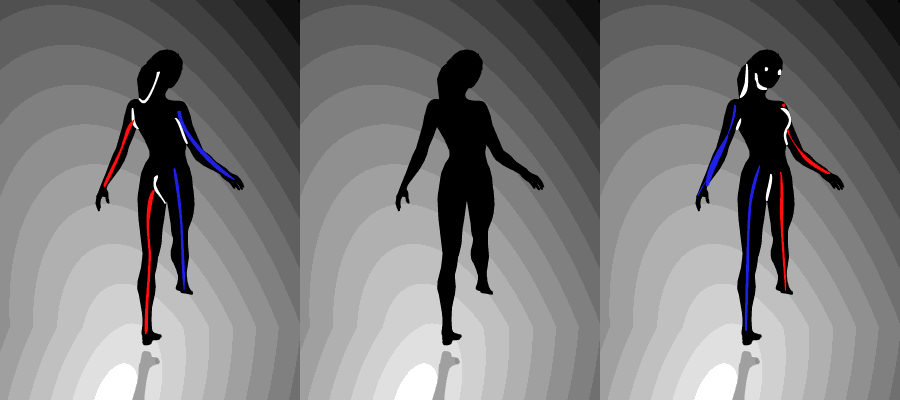
One way or the other, definitely wood the one on the left. I mean the right.
rotor speed and camera shutter sync'd up:
Haven't seen them, but you have my permission to share.Holeeeeee crap have y’all seen those Webb telescope images?
This image was released yesterday. More to come this morning. Incredible
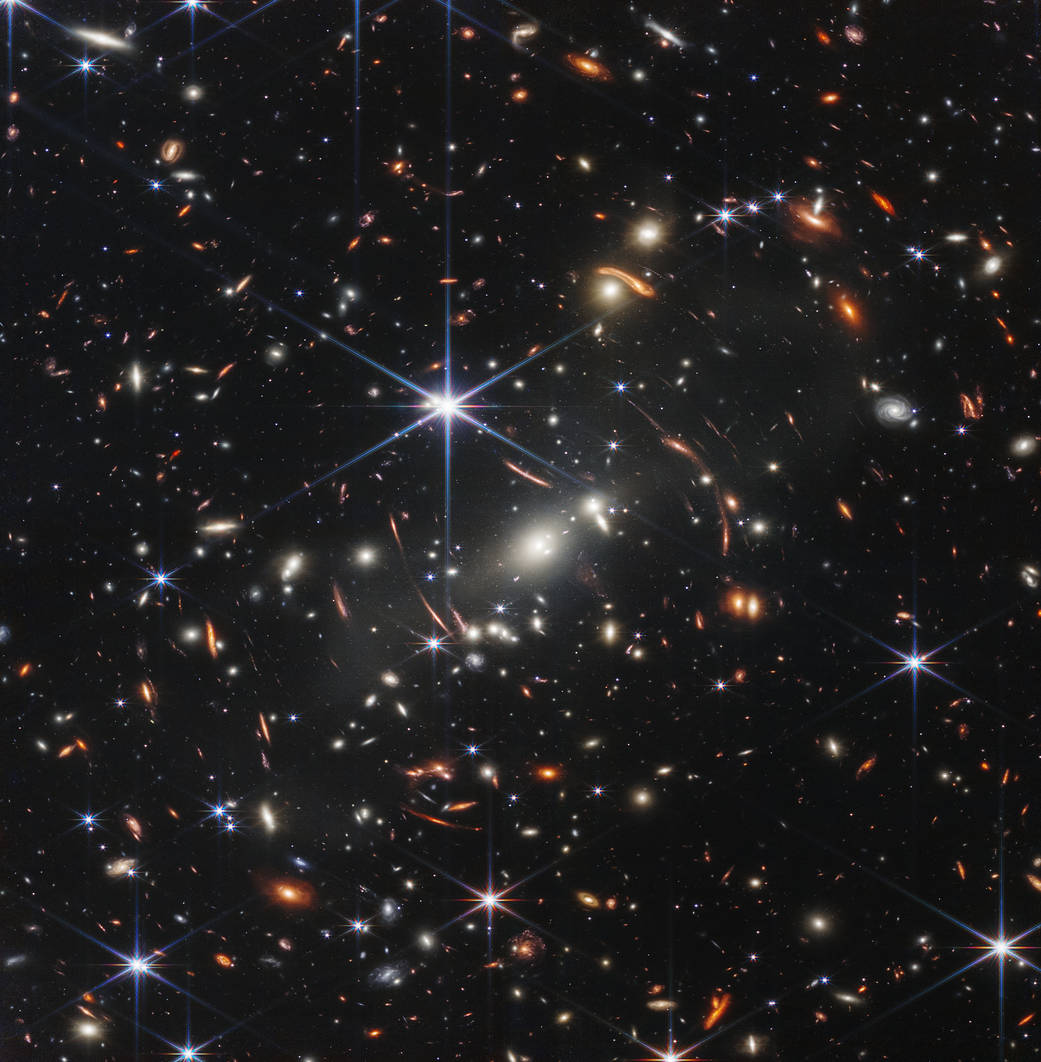
 www.nasa.gov
www.nasa.gov

NASA’s Webb Delivers Deepest Infrared Image of Universe Yet - NASA
NASA’s James Webb Space Telescope has produced the deepest and sharpest infrared image of the distant universe to date. Known as Webb’s First Deep Field, this image of galaxy cluster SMACS 0723 is overflowing with detail.
I'm not usually into this stuff but holy shit these images are freaking awesome and the thought of there being like millions of galaxies just like ours makes my brain hurt.This image was released yesterday. More to come this morning. Incredible

NASA’s Webb Delivers Deepest Infrared Image of Universe Yet - NASA
NASA’s James Webb Space Telescope has produced the deepest and sharpest infrared image of the distant universe to date. Known as Webb’s First Deep Field, this image of galaxy cluster SMACS 0723 is overflowing with detail.www.nasa.gov
Galileo with another "see, assholes, I was right" moment.
They said the portion of the sky pictured is equivalent to the size of a grain of rice held at arms length. WtfI'm not usually into this stuff but holy shit these images are freaking awesome and the thought of there being like millions of galaxies just like ours makes my brain hurt.
Galileo with another "see, assholes, I was right" moment.
They said the portion of the sky pictured is equivalent to the size of a grain of rice held at arms length. Wtf
Space creeps me out. The idea that it's infinite is scary. But if it did have an ending, what would be on the other side? Hurts my brain to think of that shit.
the beginning? I think probably so.Space creeps me out. The idea that it's infinite is scary. But if it did have an ending, what would be on the other side? Hurts my brain to think of that shit.
I honestly don't know what the big deal is here. I can get more or less the same images on my Samsung 7.
Seriously though, it's pretty much the same as the Hubble gave us, only the image is from farther away. No matter how far away the image comes from we'll never be able to see past a certain point because of the rate of expansion of the universe. Light from way out there will never reach us unless the U stops expanding and even then it will be a long time before the light gets here. Or maybe the U starts to collapse.
So we'll have to go there to find out. Who's with me?
the beginning? I think probably so.
I honestly don't know what the big deal is here. I can get more or less the same images on my Samsung 7.
Seriously though, it's pretty much the same as the Hubble gave us, only the image is from farther away. No matter how far away the image comes from we'll never be able to see past a certain point because of the rate of expansion of the universe. Light from way out there will never reach us unless the U stops expanding and even then it will be a long time before the light gets here. Or maybe the U starts to collapse.
So we'll have to go there to find out. Who's with me?
There are a few folks from the Board that I would like to nominate as the first to go forth on our behalf.
lol, I have the feeling that we would both select the same advance party.There are a few folks from the Board that I would like to nominate as the first to go forth on our behalf.
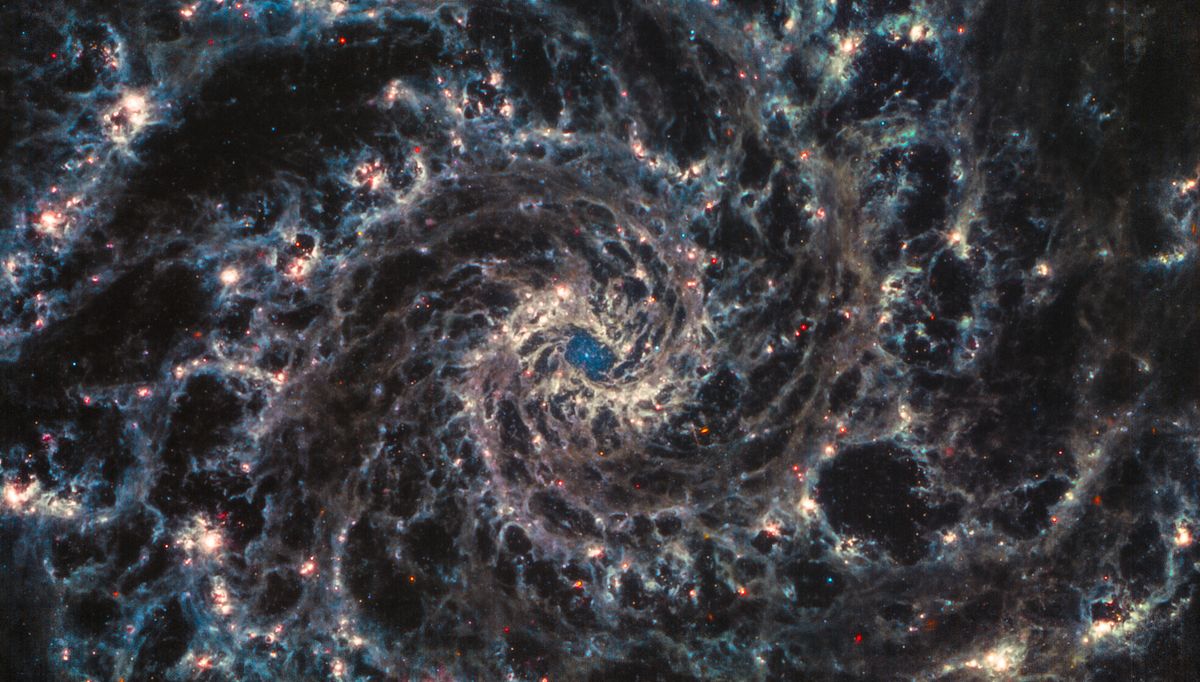
James Webb Space Telescope's stunning 'Phantom Galaxy' picture looks like a wormhole
The telescope is 'new, different, and exciting' for Judy Schmidt, who has been working with space images for a decade.

Oh my days! Midnight comes a fraction sooner as Earth spins faster
Analysis: Reflecting a recent trend, 29 June was the shortest day on our planet since the 1960s. What’s going on?
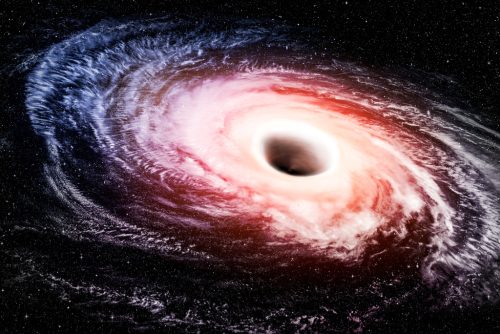
"The Sun is pretty massive, but it's got nothing on SDSS J0100+2802. That catchy-named "hyperluminous quasar" that holds one of the most massive black holes in the universe—about 12 billion times the mass of the Sun with a diameter of 70.9 billion kilometers."
A disturbing scientific fact:
"Einstein’s famous equation is certainly one of the most brilliant and beautiful scientific discoveries—but it’s also one of the most disturbing. The power explained by the equation really rests in the c², or the speed of light (186,282 miles per second) times itself, which equals 34,700,983,524. When that’s your multiplier, you don’t need much mass—a smidgen of plutonium is plenty—to create enough energy to destroy a city."
"Einstein’s famous equation is certainly one of the most brilliant and beautiful scientific discoveries—but it’s also one of the most disturbing. The power explained by the equation really rests in the c², or the speed of light (186,282 miles per second) times itself, which equals 34,700,983,524. When that’s your multiplier, you don’t need much mass—a smidgen of plutonium is plenty—to create enough energy to destroy a city."
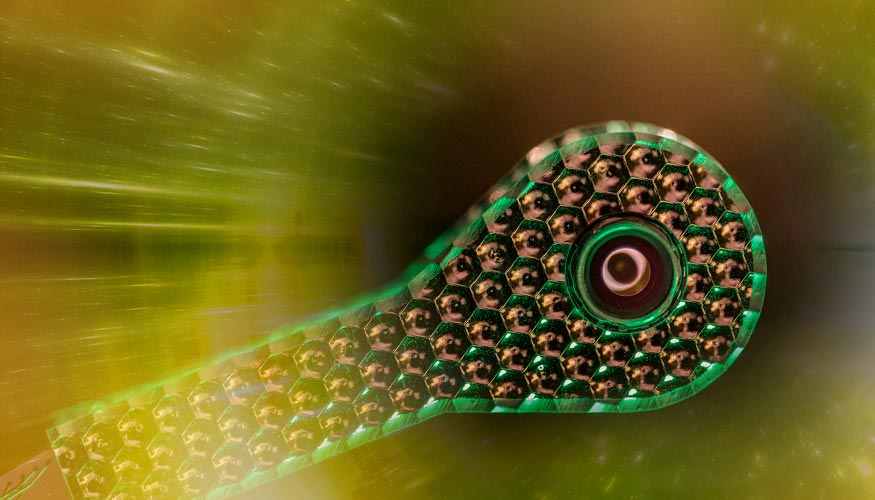
Nuclear Fusion Energy Breakthrough: Ignition Confirmed in Record 1.3 Megajoule Shot
LLNL's National Ignition Facility achieved a significant milestone in fusion research in August 2021, with a fusion yield surpassing 1.3 MJ. The team is now working on improving the experimental design and understanding the new experimental regime for better fusion performance. After decades of i
scitechdaily.com
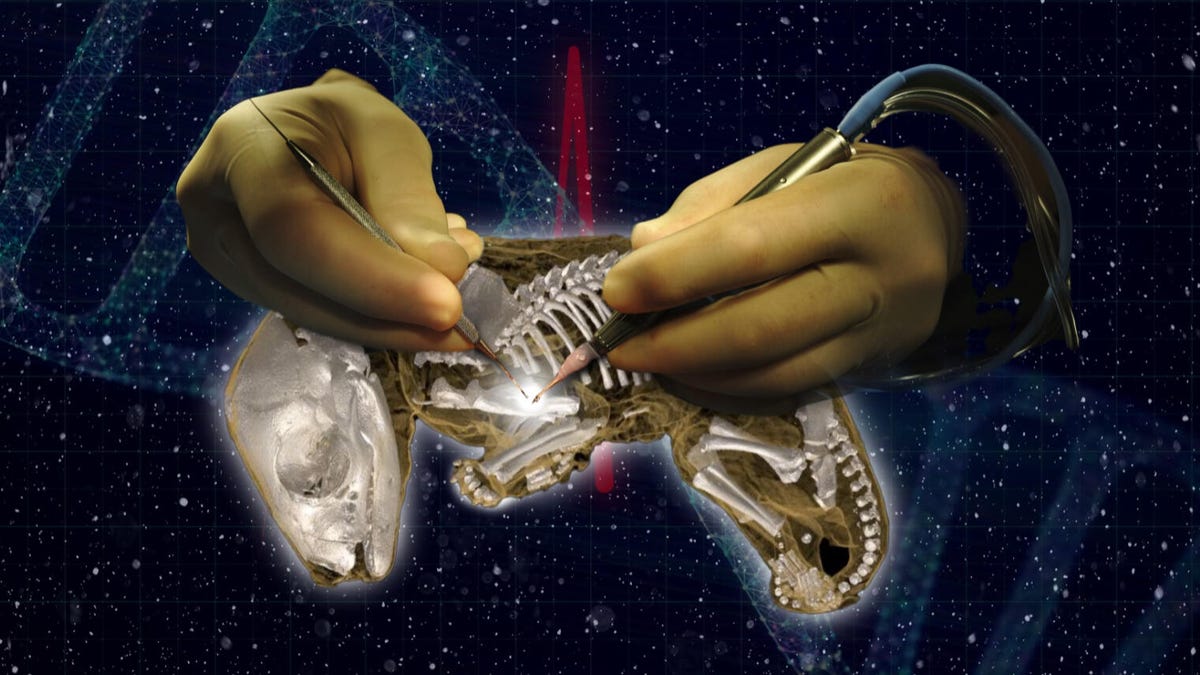
Inside the Plan to Resurrect Australia's Extinct Tasmanian Tiger
US biotech startup Colossal is supercharging efforts by Australian scientists to de-extinct the thylacine.
if this works, I'll bet the farm that the next project will be to bring back Elvis.
Inside the Plan to Resurrect Australia's Extinct Tasmanian Tiger
US biotech startup Colossal is supercharging efforts by Australian scientists to de-extinct the thylacine.www.cnet.com
He's not dead........if this works, I'll bet the farm that the next project will be to bring back Elvis.
He's not dead........
Chillin with Kurt Cobain and Tupac?
That's what I heard.Chillin with Kurt Cobain and Tupac?
Just Tupac. Courtney definitely killed Kurt.Chillin with Kurt Cobain and Tupac?

Megalodon was fastest swimming shark ever and could devour an orca in 5 bites, 3D model reveals
The enormous "superpredators" may have weighed around 68 tons.
@JuleZ '02 HEEL , you still taking the boat out if those things are swimming around?
Megalodon was fastest swimming shark ever and could devour an orca in 5 bites, 3D model reveals
The enormous "superpredators" may have weighed around 68 tons.www.livescience.com
That thing can eat an orca in five bites, he ain't wastin' time with a Jules and fiberglass crunchy roll.@JuleZ '02 HEEL , you still taking the boat out if those things are swimming around?
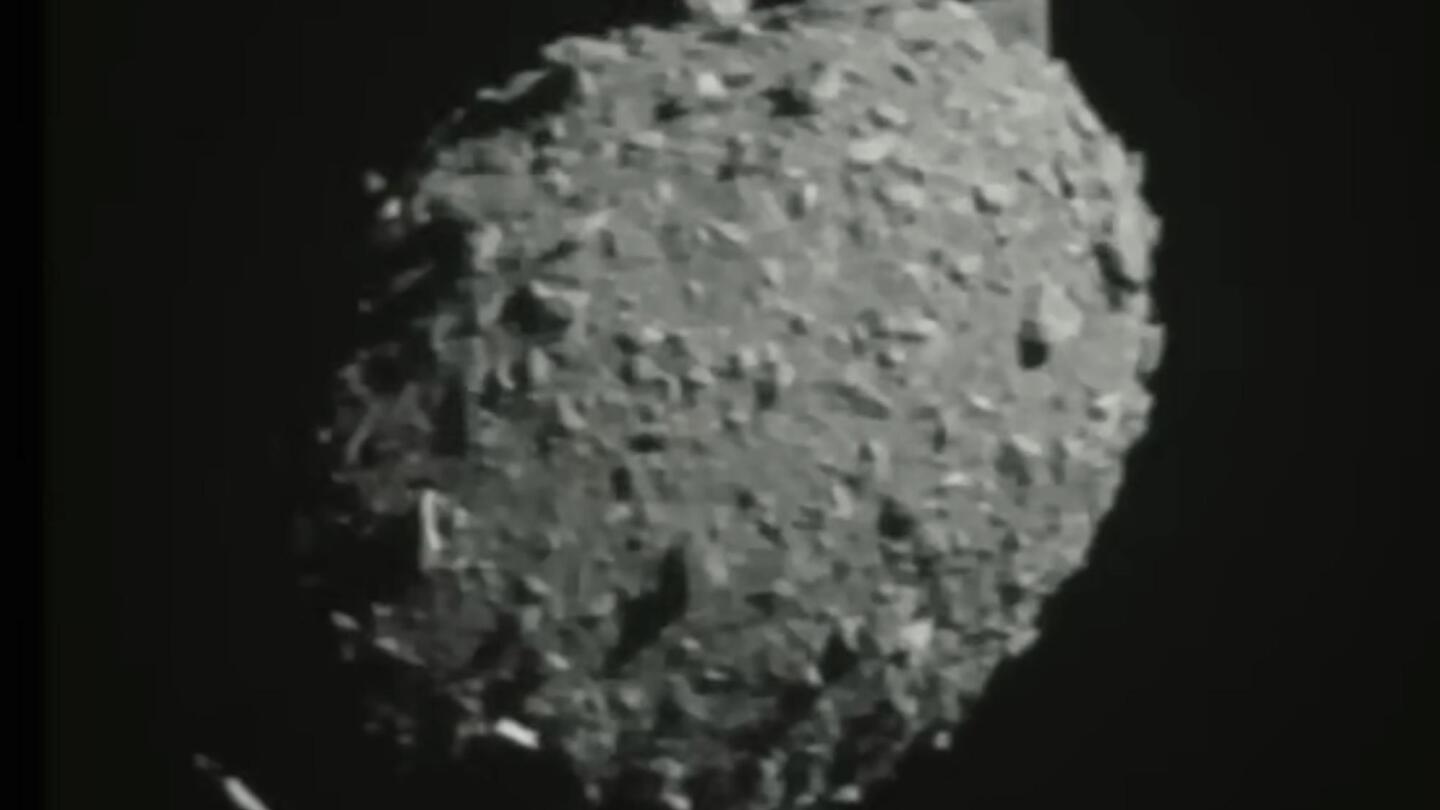
Smashing success: NASA asteroid strike results in big nudge
NASA says a spacecraft that plowed into a small, harmless asteroid millions of miles away last month succeeded in shifting its orbit.
Boosting the Immune System to Fight Cancer
The scientists wondered if it is possible to use the body’s immune system to fight off cancer. As part of the study, 14 patients with MMRd rectal cancer were given Jemperli, an immune checkpoint inhibitor. The study had a small sample size, but the results were remarkable.
It took only a few treatments for the majority of patients to feel better, and by the end of the study, they were all cancer-free and in remission. Furthermore, none of them required radiation, chemotherapy, or surgery. A study is currently being conducted to see if other cancers can benefit from the same or similar treatment.
Last edited:
"... what we are dealing with here is a perfect engine, an eating machine. It's really a miracle of evolution. All this machine does is swim and eat and make little sharks, and that's all."
Megalodon was fastest swimming shark ever and could devour an orca in 5 bites, 3D model reveals
The enormous "superpredators" may have weighed around 68 tons.www.livescience.com
The Surface of Mercury is Covered with Diamond Dust
Mercury was initially surrounded by a magma ocean in its early formation. The magma formed graphite, which eventually rose to the surface and formed a thick floating graphite crust. After the formation of the solar system, the first billion years were punctuated by asteroid impacts, which could have instantly converted graphite to diamonds.
Unlike diamonds on Earth, these would be smaller, clearer gems than what we’re used to seeing in jewellery. There would have been microscopic diamond dust strewn all over the surface rather than diamonds. Mercury’s surface composition could be better understood with future missions, but if these estimates are accurate, Mercury may hold diamond hoards sixteen times larger than those on Earth.
In other news, Schiffman Jewelers has announced it will be sponsoring a mission to Mercury in 2025.
It’s fascinating how land and sea was once populated by gigantic creatures then nature “down sized” across the board.
Similar threads
- Replies
- 1
- Views
- 1K
- Replies
- 1
- Views
- 839
- Replies
- 8
- Views
- 2K
- Replies
- 48
- Views
- 5K
ADVERTISEMENT
ADVERTISEMENT




